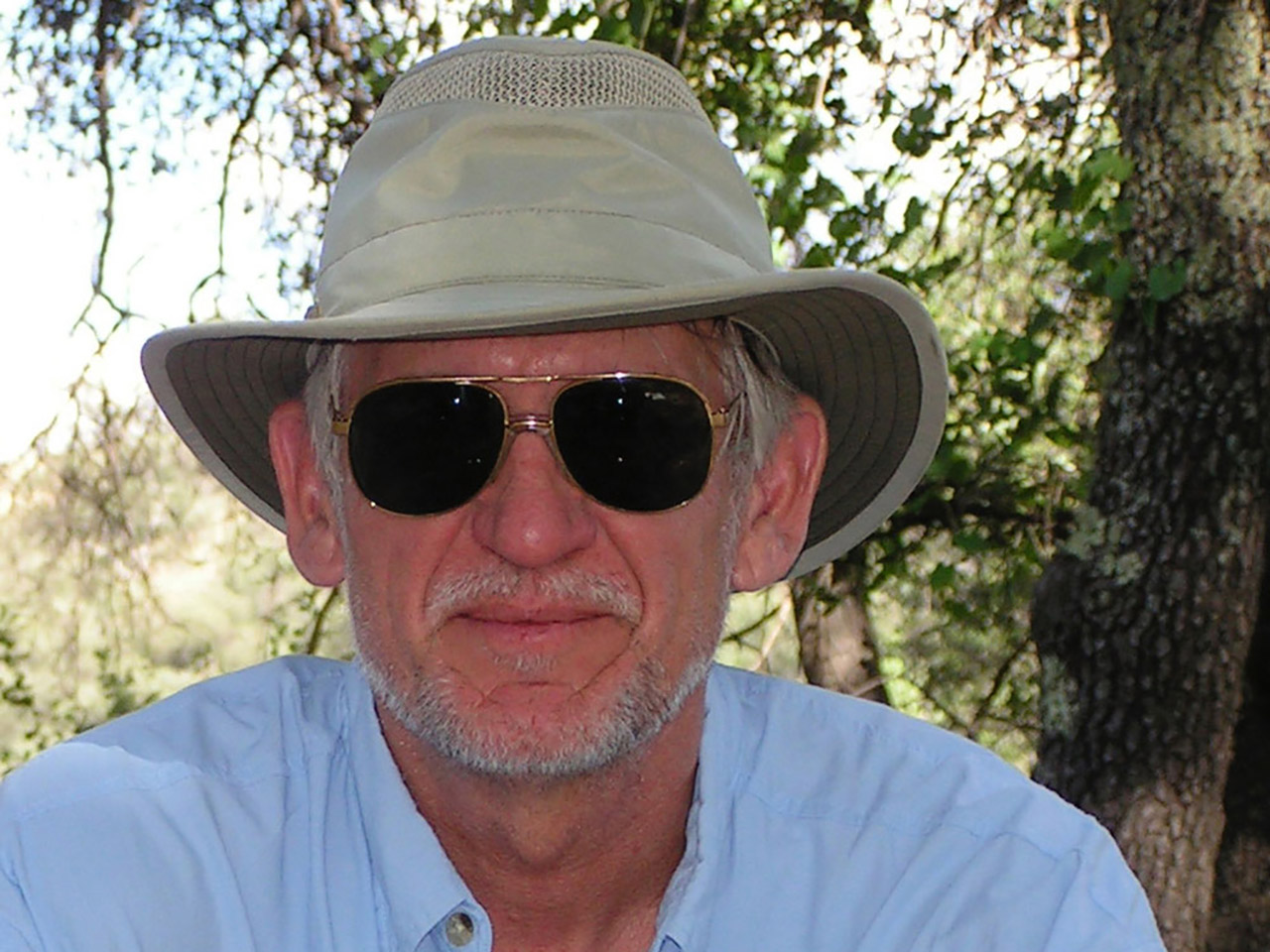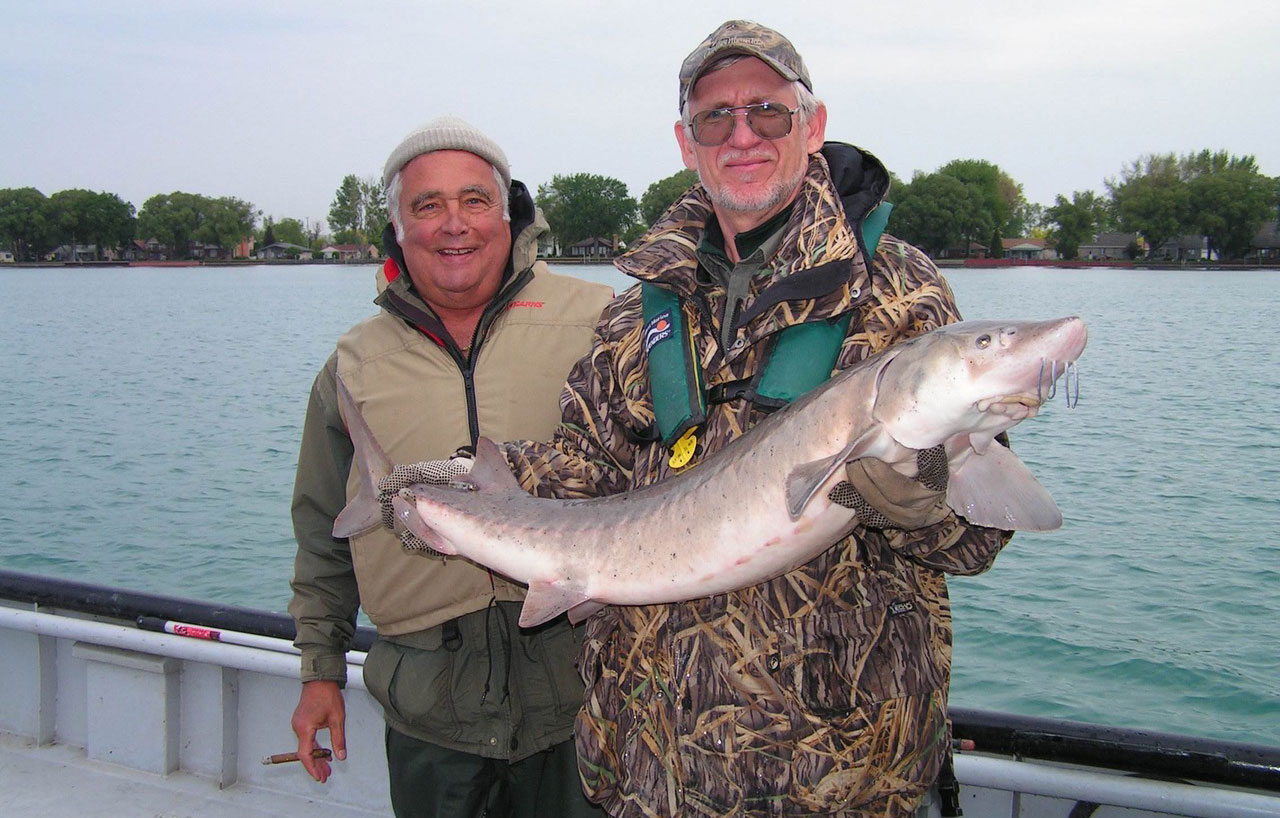MBC sponsor Bill Taft in Ishpeming, Michigan during a public meeting involving a new mine permit in Michigan’s Upper Peninsula (Circa 2012).
Mat Bevel Company (MBC) sponsor William (Bill) H. Taft Jr. is a retired senior aquatic biologist for the State of Michigan where he worked for 25 years. Bill is involved in a very exciting research project that involves one of his greatest passions, moths of the family Sesiidae (clearwing moths). He is self-funding a multi-year study that will hopefully result in updated North American systematics for the family Sesiidae.
The research uses genetic analysis to help definitively classify whether certain moths belong to the same genera within the Sesiidae. In the past, scientists relied on mostly physical characteristics such a color to identify species within moth families. The problem with this approach is that a specific moth species may look very different from one another in various parts of the country. However, moths that look similar may not be actually related just using physical characteristics. The genomic data in Bill’s study should give the scientific community a much more accurate picture of the related sesiid species.
To create an updated family tree, Bill is collaborating with Dr. Anthony Cognato, a beetle geneticist and museum director at Michigan State University’s Department of Entomology. Anthony has developed an international research program in insect systematics and collection stewardship. To determine which species are part of a particular sesiid assemblage, they identified specific parts of the gene sequence to evaluate and determine what the gene sequence looks like.

Bill Taft collecting Sesiid moths with Jack and Paula (Schaper) Zittere along the Gardner Canyon Road on the Pima/Santa Cruz Co. line in Southeast Arizona.
Bill along with his wife, Gussie and lab Luna have actively collected moths in Oklahoma, New Mexico, Colorado, Arizona, North Carolina and Florida for this study. In addition, botanists, entomologists, photographers and other naturalists from around the country have sent Bill many unique specimens for analyses. When he sees a moth of interest on iNaturalists.org and the Bugguide.com websites, he contacts the collector. Bill is gathering up the rarest of the rare moth specimens to complete DNA testing.
Bill, Anthony and Rachel Osborn (Anthony’s PHD student) will submit a paper to a scientific journal this winter. After peer review and acceptance by a journal, the paper could be published as soon as next spring.
Bill sponsored MBC this year because he believes Ned’s work needs to be shared with others, especially young people. He says, “Ned’s work is unique and kids need to be exposed to it. In the grand scheme, the work will influence students’ future interests by exposing them to physics, science and mathematics, which are all relevant to everyday life.”

Bill Taft assisting with a Michigan Department of Fisheries – Lake Sturgeon tagging project just before his retirement in July, 2013.
One of Bill’s goals is to learn and publish as much as possible about sesiid systematics and their natural histories. He’s one of the few academically-oriented people left in the country that pursues sesiid moth research. Today, most experts in the field are non-academics.
Bill was exposed to Lepidoptera (moths and butterfies) at a young age by a local mentor and expert, Mogens C. Nielsen. He says, “If you want to be successful in your chosen field of interest, often you have to figure out what really interests you. The more you’re exposed to various experiences, the more likely you are to find your niche.” He believes Ned’s world of Beveldom is packed with different facets of science that have the potential to spark peoples’ interests and make them more well-rounded, productive human beings.
Bill likes to give to worthwhile organizations like MBC because it gives him a sense of satisfaction that his resources are going towards a worthy cause. He says, “If my support helps Ned’s work to become well known, appreciated and used as a catalyst to show students that science is relevant, then who knows, maybe someday a student may solve our climate issues as a result of his art.”
In Bill’s free time he enjoys fishing and hunting in his home state of Michigan, reading American history, mostly military, and planting native plants and trees.
Thanks Bill, for your continued support of Mat Bevel Company!
